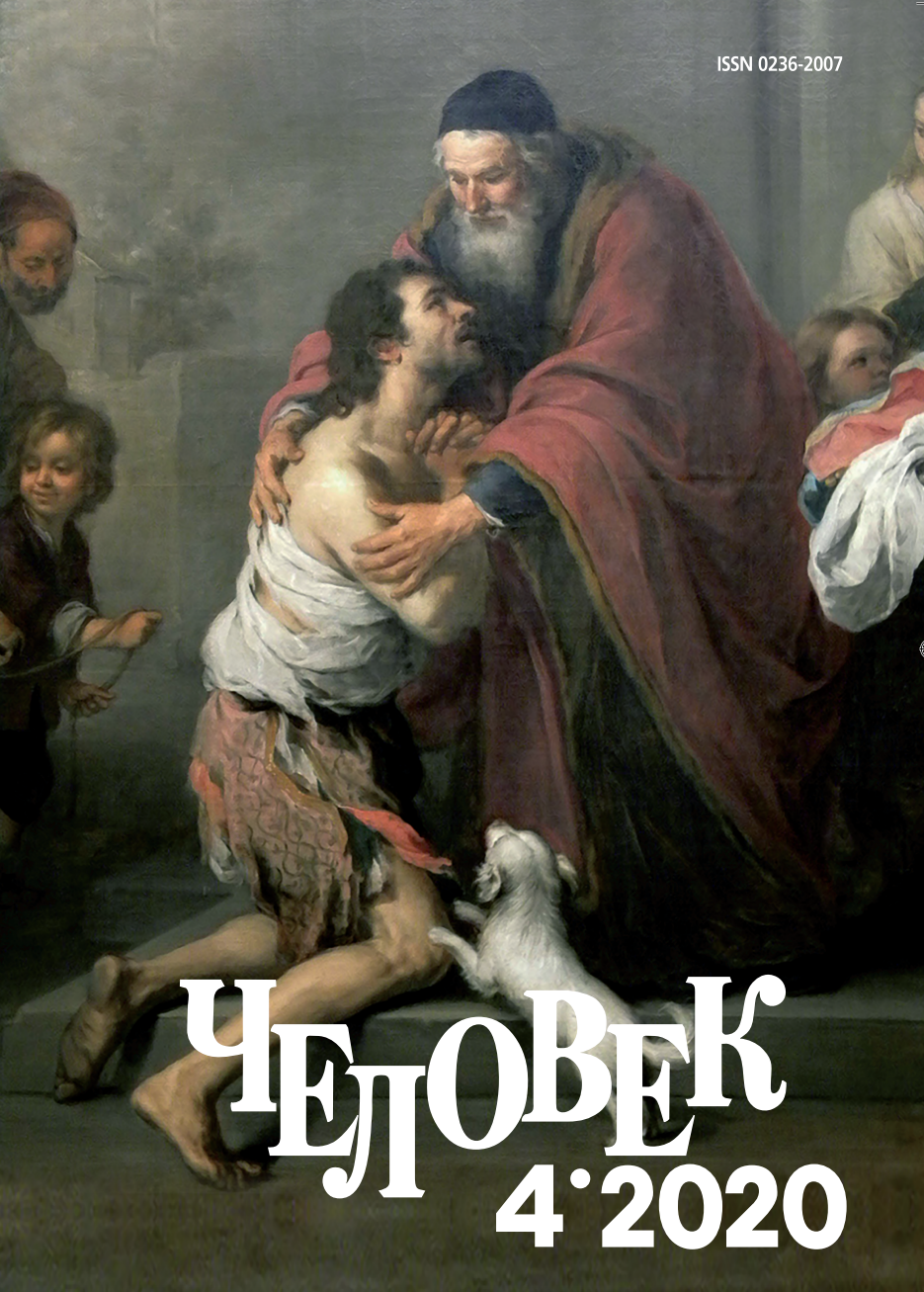Неклассическое искусство: антропологические аспекты
DOI:
https://doi.org/10.31857/S023620070010936-6Keywords:
classical art, non-classical art, a new picture of the world, language of art, evolution of the language of artAbstract
The birth of the phenomenon of “Non-classical Art” was prepared by the very logic of the historical movement of the Culture of the New Age. If you try to express this in a short formula, at a certain stage of a person’s search a rational distrust of the rational arises. The crisis of the classics came as a consequence of the crisis of classical rationalism that erupted in European culture since the 1830s. The New Art is focused on ways of expressiveness that cast doubt on the absoluteness of the norms of Classical Art. In painting, this was manifested in the prevalence of the principle of pictoriality (color-light relations) over plasticity (the primacy of the line, drawing), dynamics over statics, atectonics over tectonics, a shift from the central axis of the picture in favor of the so-called “landscape vision”, which tells the painting several centers at once . The Artist of the 20th — early 21st centuries understands that his life goes on in a completely different Picture of the World and puts a lot of effort into ensuring that his works can become the artistic equivalent of a contradictory era, expressed by adequate colors, lines, a complex composition, a deformed space, a displacement of the center paintings, its sustainability — all that has always been masterfully mastered by the language of painting. Tested and adapted means of Classical Art are unsuitable for the implementation of the dramatic and tragic collisions that occur with a man of Modern times. Interpreting the sharp, painful, depressing images of Egon Schiele, Rene Magritte, Francis Bacon, Anselm Kiefer, Jean-Michel Basquiat, the Philosophy of Art captures the conditions of painful erotica, loneliness, acute anxiety, an existential impasse, almost an anthropological disaster. Nevertheless, all of the creators listed have a strong letter. The works of these artists of the twentieth century do not fit into any expected, familiar “format”, but they are full of some hidden vitality. A number of examples of non-classical art demonstrate that painters are not very shy, solving today the problem of “art and evil”.






